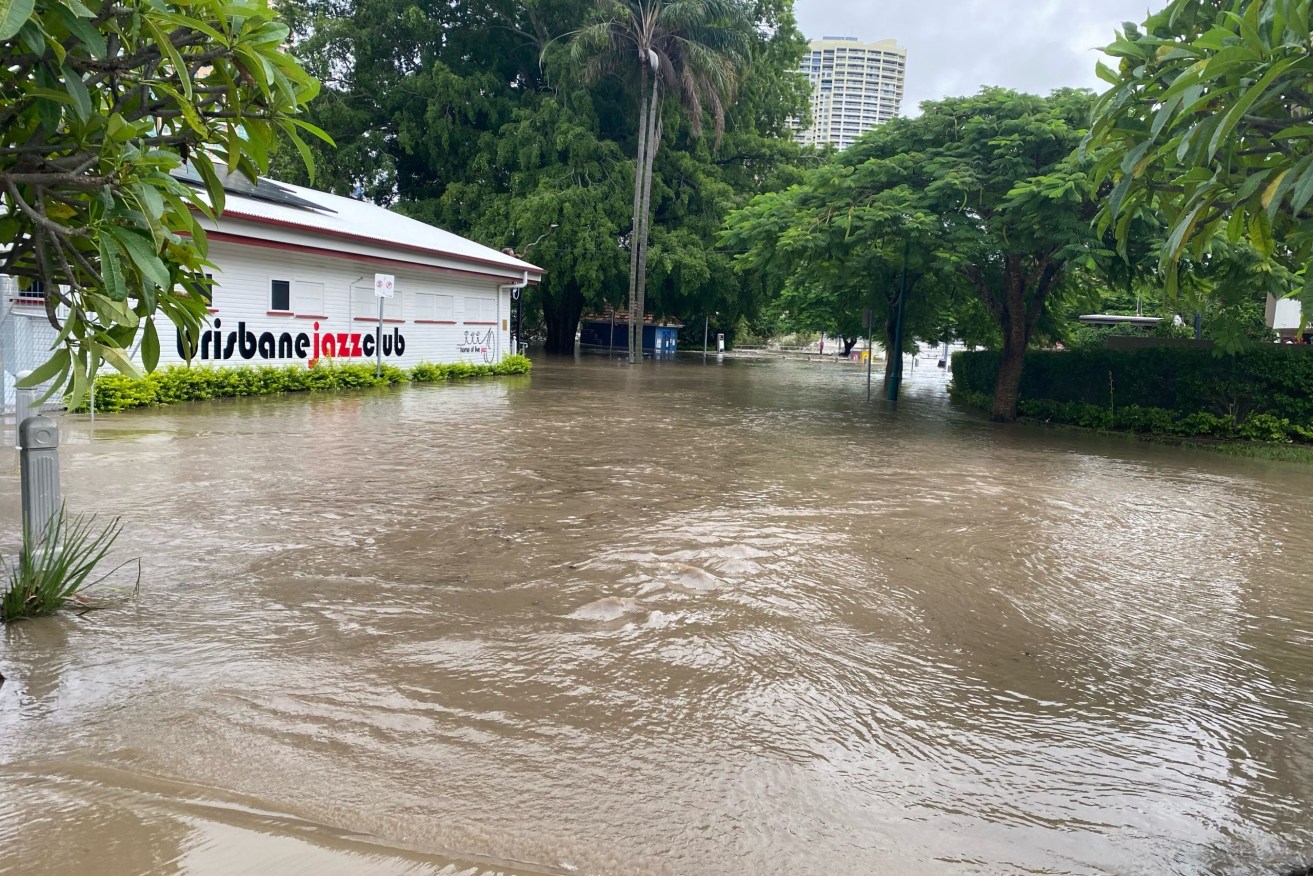Where did all that water come from? New report into catastrophe offers some clues
A new report has detailed the extraordinary nature of Australia’s flood crisis, calling it one of the most extreme disasters in the nation’s history.

The Climate Council says thousands more Australians now have lived experience of a climate system that has been super-charged by global warming.
It says climate change is firmly embedded in the latest flood disaster, with the world already 1.1C warmer, allowing the atmosphere to hold about seven per cent more moisture. Every extra degree will add another seven per cent.
“For many communities dealing with flood emergencies, this is the latest in a long line of climate change-driven extreme weather events they have faced in recent years,” the report says, citing recent record-breaking droughts, heatwaves, and the Black Summer bushfires.
“Flood disasters, such as those currently unfolding in Queensland and NSW are made more likely by climate change. Global action over this decade will determine how much worse things get.”
The report collated early damage estimates, including insurance claims in the order of $1.5 billion and rising.
It said some parts of southeast Queensland and northern NSW had more than one metre of rain in the week leading up to March 3.
The Brisbane River below Wivenhoe dam gained about 1450 billion litres of water in less than three days, enough to fill Sydney Harbour three times.
In NSW, the Wilsons River peaked at 14.37 metres in Lismore, breaking the previous record by more than two metres, and places like Casino, that previously escaped major flooding, were inundated.
Professor Will Steffen, from the Australian National University, co-authored the Climate Council report, and has previously contributed to climate change reports issued by the Intergovernmental Panel on Climate Change.
He says it’s hard to watch the growing sense of fear Australians are developing as more people personally experience disasters driven by a climate system on steroids.
“We’ve always had these extreme events. They are now just so much more dangerous and intense.
“The massive bushfires and now these floods were well beyond what nearly all people have experienced before.”
He pointed to massive flood events in Queensland in 2011, in 2019, and again now.
“Each one would be a one in 100, or one in 200 year, event,” he said. “When you have three of these in a decade, this is just extraordinary. This does not happen without some underlying factor driving this change.”
In the flood ravaged NSW city of Lismore on Wednesday, Prime Minister Scott Morrison said it was obvious Australia was becoming harder to live in because of disasters associated with a different climate.
But he shrugged off criticism that the government’s emissions targets are far too weak, saying the battle against climate change will be decided by global, not unilateral, action.
“I’ll tell you what’s not going to fix climate change … doing something in Australia and then in other developing countries their emissions continue to rise,” he said.
“The real challenge of addressing climate change is ensuring that we’re working with other countries in the region and particularly developing countries to ensure we have the technology.”
KEY FINDINGS
* The floods have been assessed as one of the most extreme disasters in Australia’s history.
* Climate change was found to be firmly embedded in the disaster, compounding the effects of shorter-term meteorological factors, including the influence of La Nina.
* The likelihood and intensity of extreme and highly destructive events such as the floods is increasing with climate change.
* The world has already warmed by 1.1C, meaning the atmosphere can hold about seven per cent more moisture.
* Every additional degree of warming will add another seven per cent.
EXTREME IN NATURE
* Some parts of southeast Queensland and northern NSW had more than one metre of rain in the week leading up to March 3.
* Southeast Queensland got 80 per cent of its average yearly rainfall in three days.
* Vastly more water flowed into Queensland catchments, and in a shorter amount of time, than what was seen in the 2011 floods.
* The Brisbane River below Wivenhoe dam gained about 1450 billion litres of water in less than three days, enough to fill Sydney Harbour three times.
* The Wilsons River in NSW’s Northern Rivers district peaked at 14.37 metres in Lismore, breaking the previous record by more than two metres.
* Places that previously escaped major flooding were inundated, such as Casino in NSW.
* Rising waters sparked a record number of SES flood rescues in NSW, including 932 in one 24-hour period.
COSTS
* Insurance claims across both states have been estimated at $1.45 billion so far.
* Extreme weather disaster costs have already doubled since the 1970s.
* Floods are Australia’s most expensive extreme weather event, accounting for 29 per cent of economic damages over the past decade.
* Between 2010 and 2019, floods caused more than $10 billion of damage.
* The Queensland government has put rebuilding costs, predominantly of damaged infrastructure, at $2.5 billion.
* Queensland Treasury’s initial estimates of loss of economic activity are in the order of $1 billion.
* At time of publication there were no reliable estimates on NSW economic costs because the flooding crisis is still unfolding.
* Australia’s annual damage bill from extreme weather, higher seas and other climate change impacts could top $100 billion by 2038.
* As of March 8, insurers had received almost 100,000 claims for flooding in Queensland and NSW.
SOURCE: Climate Council report: A supercharged climate: rain bombs, flash flooding and destruction, 2022












